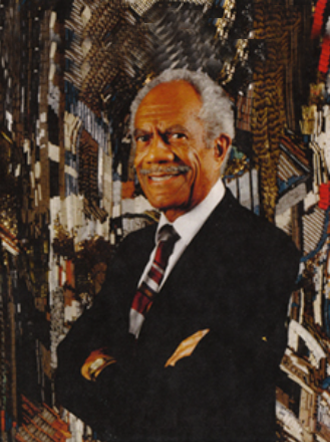-

Celebrating more than 50 years of leadership and progress.
SCDAA was founded in 1972 as the first organization to address concerns about sickle cell disease on a national level. Since then, our community has made enormous progress in raising awareness, developing new treatments and advocating for a better quality of life for sickle cell warriors. Learn more about our history.
Meet Dr. Charles F. Whitten
Dr. Charles F. Whitten was a groundbreaking pediatric hematologist and the co-founder of SCDAA. His dedication to supporting the health of sickle cell patients paved the way for advances in screening, education and more. Dr. Whitten’s pioneering work makes him one of the most important figures in sickle cell history. Read more about his life and work.





 DONATE NOW
DONATE NOW

